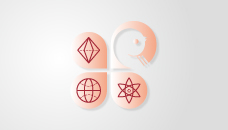HU Yao-hua, LIU Cong, HE Yong. Kinetic Models for Determination of Yeast in Fresh Jujube Using Near Infrared Spectroscopy[J]. Spectroscopy and Spectral Analysis, 2014, 34(4): 922
Search by keywords or author
- Spectroscopy and Spectral Analysis
- Vol. 34, Issue 4, 922 (2014)
Abstract

Set citation alerts for the article
Please enter your email address



